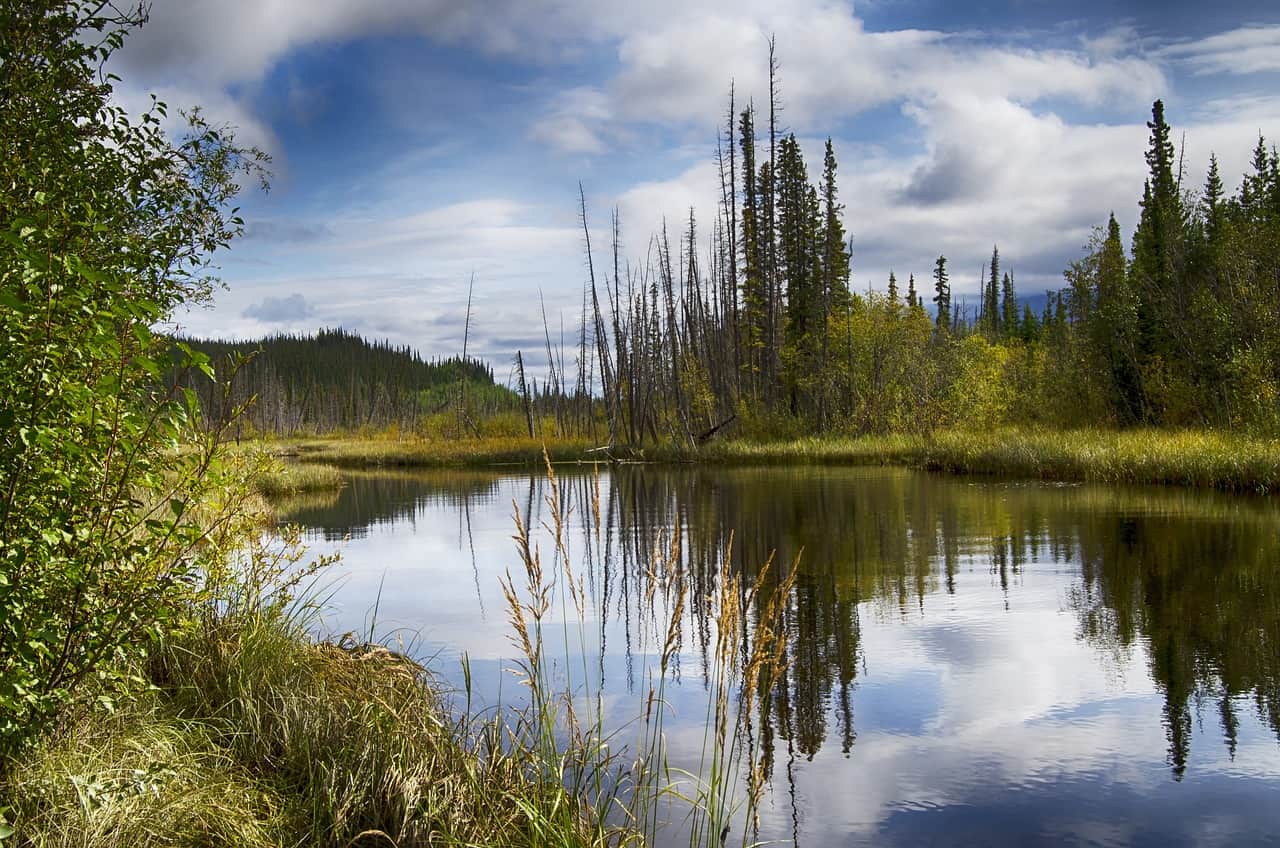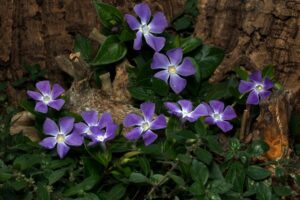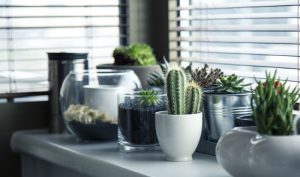If you have a garden that gets a lot of rain or is near a body of water, you might be wondering what kind of plants will do well in those conditions. Here are six water loving plants that will thrive in wet outdoor areas.
Black Chokeberry (Aronia melanocarpa)

Aronia melanocarpa, also known as black chokeberry, is a deciduous shrub that is native to North America. This plant is tolerant of a wide range of soils, including both wet and dry conditions. Black chokeberry has small white flowers that bloom in the spring, followed by black berries in the summer. The berries are edible and can be used in jams, jellies, and pies. This plant is also attractive to birds and other wildlife.
Winterberry (Ilex verticillata)
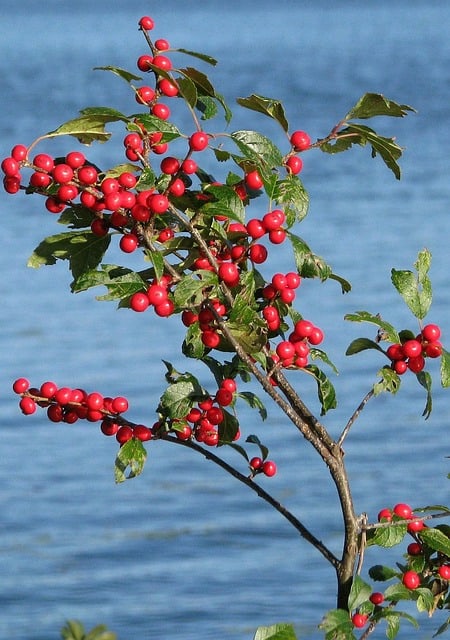
Ilex verticillata, also known as winterberry, is a deciduous holly that is native to North America. This plant prefers wet, boggy soils and can even tolerate flooding for short periods of time. Winterberry has small white flowers that bloom in the spring, followed by red berries in the fall. The berries are very showy and long-lasting, making them a great addition to holiday decorating. Birds and other wildlife love the berries as well!
Pussy Willow (Salix discolor)
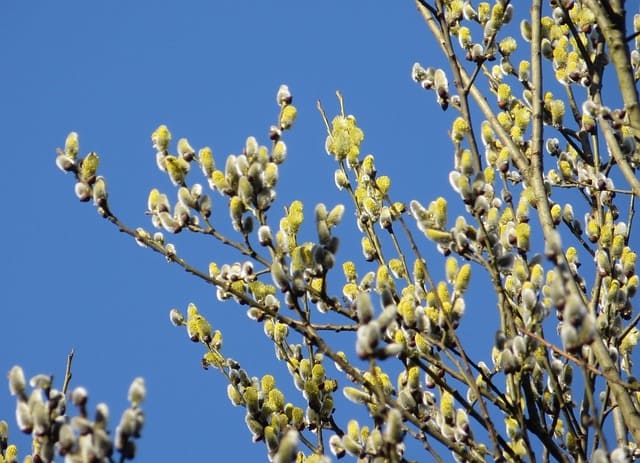
Salix discolor, also known as pussy willow or fingerprint willow, is a deciduous shrub or small tree that is native to North America. This plant prefers wet soils and can even tolerate flooding for short periods of time. Pussy willow has small yellowish-green flowers that bloom in the spring, followed by fuzzy silver-gray seed pods in the summer. The seeds are edible and high in fat, making them a good food source for birds and other wildlife. Pussy willow is also a popular plant for crafts such as basketry and weaving.
Sweet Pepperbush (Clethra alnifolia)
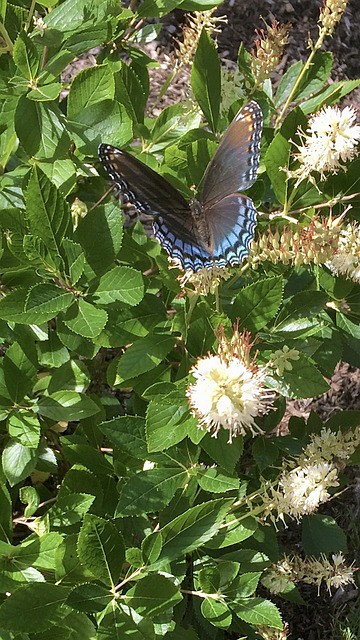
Clethra alnifolia, also known as sweet pepperbush or summersweet, is a deciduous shrub that is native to North America. This plant prefers moist or wet soils and does well in boggy areas. Sweet pepperbush has small white or pink flowers that bloom in the summer, followed by dark blue berries in the fall. The berries are poisonous to humans but are attractive to birds and other wildlife. Sweet pepperbush is often used as an ornamental plant or for naturalizing wooded areas.
Tatarian Dogwood (Cornus alba)
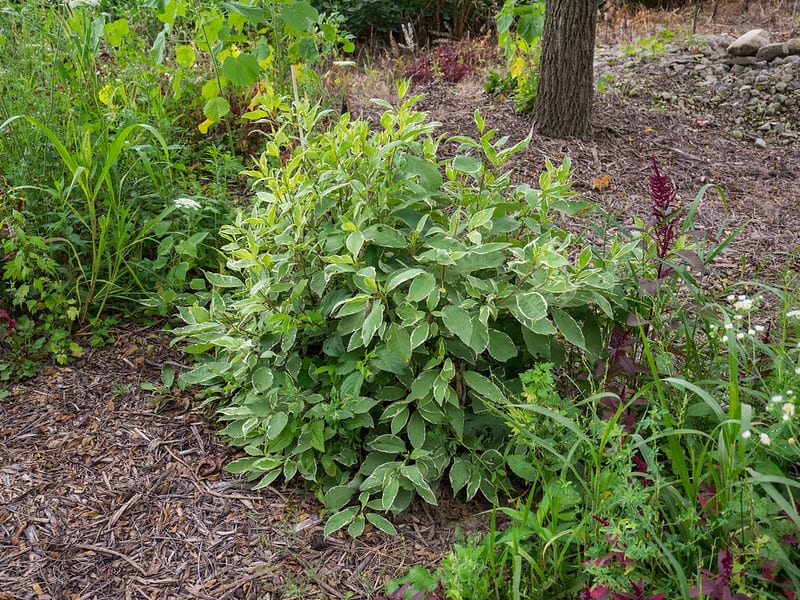
Cornus alba, also known as Tatarian dogwood or redtwig dogwood, is a deciduous shrub that is native to Eastern Europe and Asia. This plant prefers moist or wet soils but will also tolerate dry conditions once it’s established. Tatarian dogwood has small white flowers that bloom in the spring, followed by red fruits in the summer which give way to bright red twigs in the winter. Tatarian dogwood is often used as an ornamental plant or for naturalizing wooded areas. It’s also attractive to birds and other wildlife.
Horsetail (Equisetum hyemale)
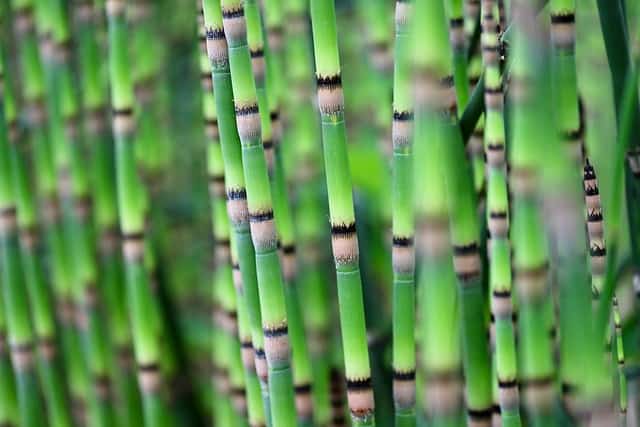
Horsetail is a member of the Equisetaceae family and is one of the oldest surviving plant genera on earth. This hardy plant can tolerate a wide range of growing conditions, including full sun or full shade and wet or dry soil. It’s an evergreen plant that grows in dense clumps and can reach up to four feet tall. Horsetail is often used as an ornamental plant or as drought-tolerant groundcover.
Leopard Plant (Ligularia dentata ‘Britt-Marie Crawford’)

Leopard Plant is a perennial flower that belongs to the Asteraceae family. It’s native to Asia but has been introduced to other parts of the world, including North America. This plant prefers partial shade and moist soil conditions. It grows best in USDA hardiness zones five through eight. Leopard Plant gets its name from its leaves, which are spotted like a leopard’s coat. The flowers are yellow and bloom from summer to fall.
Marsh Marigold (Caltha palustris)

Marsh Marigold is a member of the Ranunculaceae family and is native to Europe, Asia, and North America. It prefers full sun to partial shade and wet soil conditions. Marsh Marigold blooms in early spring with bright yellow flowers that resemble buttercups. The flowers are followed by leathery seed pods that split open when they mature. This plant spreads readily by seed and can become invasive if not kept in check. It’s best suited for USDA hardiness zones three through eight.
Yellow Trout Lily (Erythronium americanum)

Yellow Trout Lily is a member of the Liliaceae family and is native to eastern North America. It grows best in moist, shady conditions with rich soil that is high in organic matter. Yellow Trout Lily blooms in early spring with nodding yellow flowers that have brown spots at their center. The flowers are pollinated by bees and other insects attracted to their nectar-rich pollen sacs. This plant propagates by seed but can also be divided when it goes dormant in late summer. Yellow Trout Lily is best suited for USDA hardiness zones three through nine.
Blue Flag Iris (Iris versicolor)
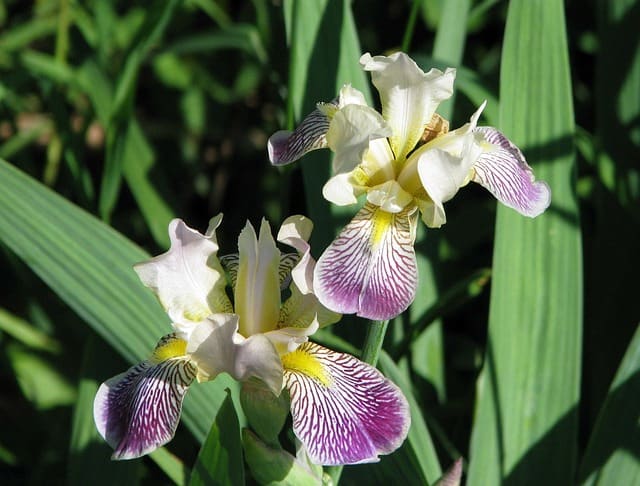
Blue Flag Iris is a member of the Iridaceae family and is native to North America. It prefers wet soil conditions and can tolerate both full sun and full shade. Blue Flag Iris blooms in mid-spring with blue, violet, or white flowers that have yellow markings at their center. The flowers are borne on leafless stalks called scapes and are followed by round seed capsules that contain black seeds coated in orange fleshy tissue called an aril.” Blue Flag Iris propagates readily by seed but can also be divided when it goes dormant in summer.” It’s best suited for USDA hardiness zones three through nine.”
Joe Pye Weed (Eupatorium maculatum)
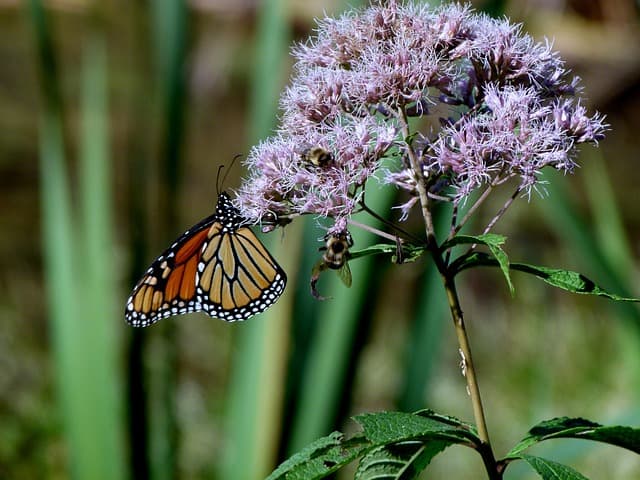
Joe Pye Weed is a tall, deciduous plant that blooms in late summer. The flowers are pink, purplish, or white and attract butterflies. Joe Pye Weed grows best in full sun to partial shade and moist to wet soils. It is tolerant of a wide range of soil types including clay. Joe Pye Weed can reach up to 8 feet tall and spread 4-5 feet wide. Zones 4-9.
Cardinal Flower (Lobelia cardinalis)
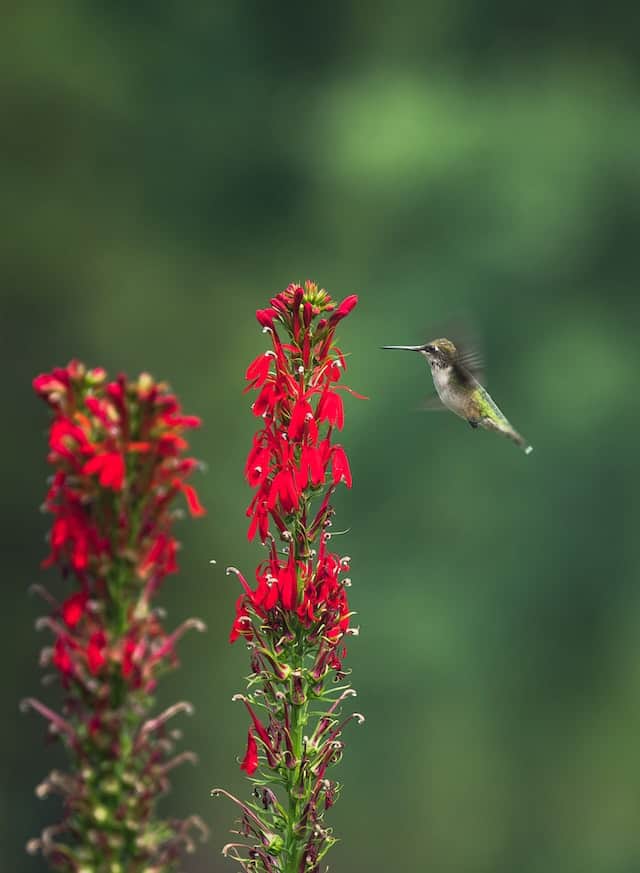
Cardinal Flower is a perennial wildflower that blooms in late summer with showy red flowers. It grows best in full sun to partial shade and moist soils. Cardinal Flower prefers average to wet soils that are rich in organic matter. It will tolerate heavy clay soils as long as they are not allowed to dry out. Cardinal Flower can reach up to 3 feet tall and spread 18 inches wide. Zones 3-9.
Swamp Hibiscus (Hibiscus coccineus)
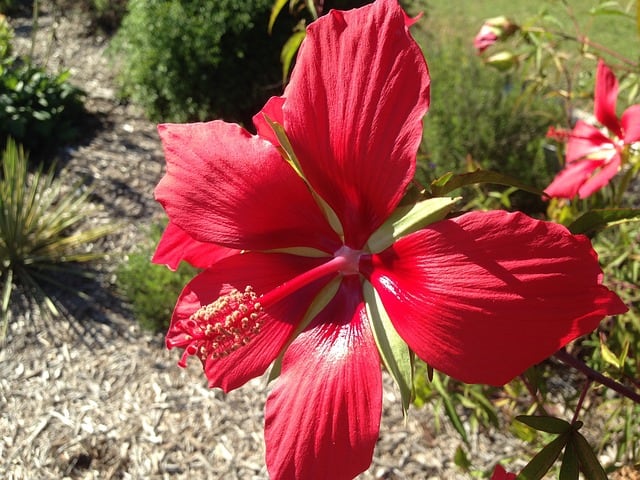
Swamp Hibiscus is a deciduous plant that blooms in summer with large, red flowers. It grows best in full sun to partial shade and moist to wet soils. Swamp Hibiscus tolerates a wide range of soil types including clay. It can reach up to 6 feet tall and spread 4-6 feet wide. Zones 5-9.
Giant Elephant Ears (Colocasia spp.)

Giant Elephant Ears are herbaceous perennials that grow from rhizomes or tubers. They have large, heart or arrow-shaped leaves that can be green or variegated green and white or yellowish green with purple veins. Giant Elephant Ears prefer full sun but will tolerate partial shade and need moist to wet soil conditions. They are not tolerant of drought conditions. Giant Elephant Ears can reach up to 6-8 feet tall and have a similar spread depending on the variety. Zones 7-10 for most varieties although Colocasia ‘Mojito’ is suitable for zone 6b with protection from severe cold winters..


